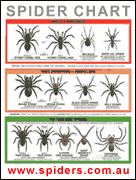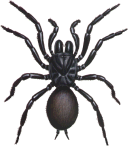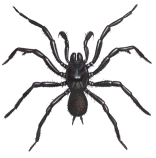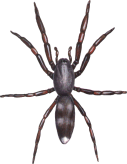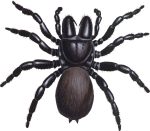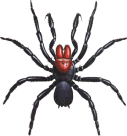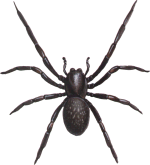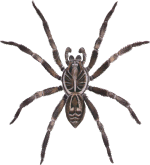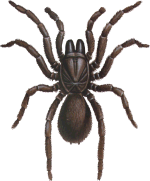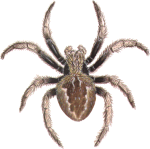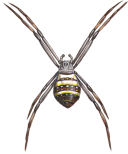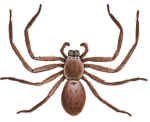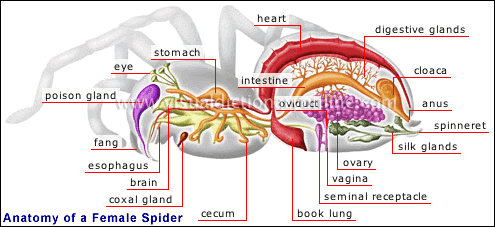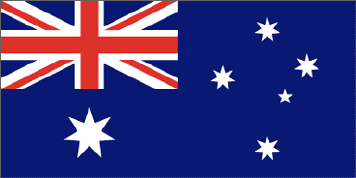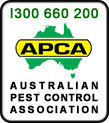|
|
Area of distribution: Australia-wide.
Venom toxicity: The Red-Back spider can inflict a painful bite
which can be fatal, especially to the young and elderly. An effective
anti-venom was developed in 1956. About 250 people receive the anti-venom
each year.
Nerve poison: Only a small amount of venom can cause serious illness,
as the poison attacks the nervous system. Systemic envenomisation
usually results in headache, nausea, vomiting, abdominal pain,
pyrexia, hypertension and in severe cases, paralysis.
Excruciating pain: The pain around the spider bite area can be excruciating.
If bitten, immediately apply first aid and seek medical attention (ambulance) should be sought
as soon as possible.
Spider Identification: -The red-back spider size varies greatly. The male can be tiny, with the
abdomen of the female growing to the size of a large pea. Red-back spiders do
NOT always have a "red" marking.
Habitat: The red-back spider prefers dry habitats; is often found
in out-houses, letter-boxes, underside of seats, in rubbish, such as
empty cans, in the sub-floor and other dark areas. Electric lights attract
their prey, such as moths, flies, mosquitoes and other insects.
Click here re FIRST AID for a Red-back spider bite |
|
